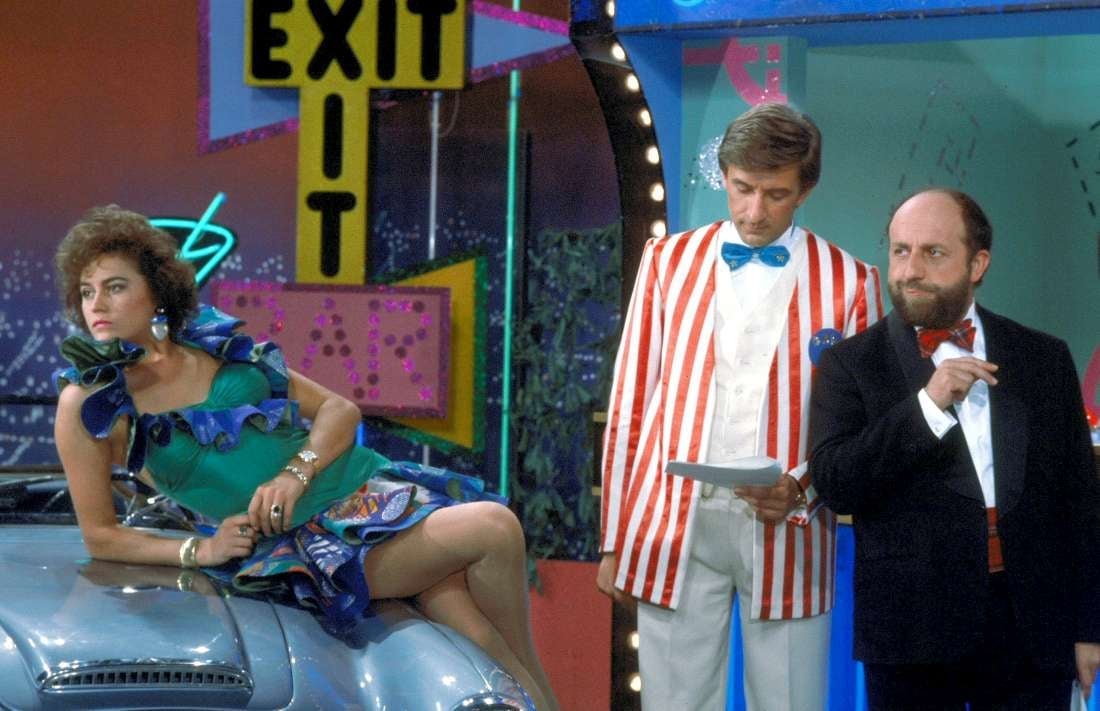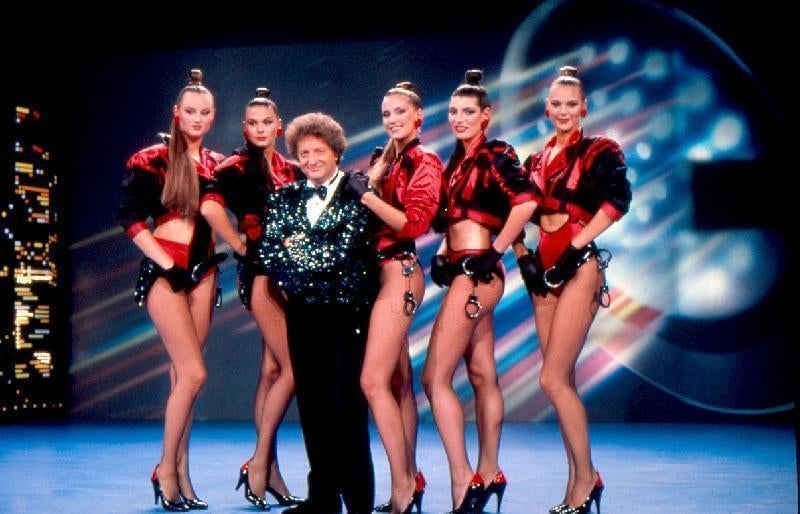What happens when you elect a sexist to run your country? Ask Italian women
Some of Donald Trump’s supporters, confronted with evidence of his misogyny and abusive behavior towards women, have tried to argue that these types of “private” comments wouldn’t affect his decision-making once elected.


Some of Donald Trump’s supporters, confronted with evidence of his misogyny and abusive behavior towards women, have tried to argue that these types of “private” comments wouldn’t affect his decision-making once elected.
Unfortunately, I know that the personal sexism of men like Trump all too often becomes public policy. As a woman who endured Italy’s Berlusconismo, I watched as my leader’s sexism gradually become a political and cultural phenomenon. My experience, and that of many Italian women, should serve as a warning to any Trump (or Clinton) supporter who believed Trump’s personality would not influence his presidency.
Berlusconismo describes what happened to Italian politics and society during Silvio Berlusconi’s three stints as prime minister and nearly two decades in leadership roles. It was a time of political corruption and societal machismo; Berlusconi brazenly transformed himself into a grotesque caricature of an Italian Casanova, a man who’d be equally at ease asking an elected representative “could I fondle the lady?” or calling Angela Merkel an “unfuckable lardass.”
Naturally, Berlusconi didn’t create the problem—our nation’s stubborn mix of patriarchy and Catholicism has fostered a sexist culture for centuries—but he did gleefully and shamelessly exacerbate it. Leading by example, he signaled to Italian men that it was normal (and funny!) to publicly objectify women, and diminish them.

The origins of Berlusconismo arguably date back to 1983 and a TV show called Drive In, which was a popular comedy airing on one of Berlusconi’s TV channels. In theory, Drive In was about the sleazy owners of a drive-in cinema (a quintessential American novelty that, for Italians, only existed in movies). But the plot was mostly an excuse to air hour-long series of vignettes filled with sexual innuendo. Indeed, most Italians old enough to watch the show are far more likely to remember its half-naked women and titillating close-ups than they are its scripted elements. While there had been shows featuring provocative women in Italian television before, this was in prime time—it wasn’t transgression, it was the norm.

Drive In’s success paved the way for similar shows, many of which likewise aired on Berlusconi’s network and helped boost his burgeoning media empire. These included Non è la RAI in the early 1990s, an afternoon show where teenagers and young women with no remarkable talent other than their appearance would dance, sing, and play games with a male host (who was eventually replaced by one of the girls), and Striscia la Notizia, a satirical news show that began running in 1988 and still remains on the air.
Berlusconi flooded Italy’s air waves with images of attractive young women in submissive or exploitative roles. This shaped Italian television profoundly, even years down the line: In 2011, the UN’s Convention on the Elimination of All Forms of Discrimination against Women (CEDAW), officially expressed concern (pdf, p.6) about women’s portrayal in Italian media, asking the government to “address stereotypical and sexist attitudes in the media and the advertising industry.”
In this way, Berlusconi made a fortune out of objectifying women (and girls). As Elisa Giomi, professor of sociology at Roma Tre university, notes in her paper (pdf, link in Italian) on gender roles in Berlusconi-aired television, the themes displayed in early shows were a warning that Italians did not take seriously.
But while his pop-culture influence primed Italian audiences for misogynist content, it was Berlusconi’s political influence that made sexism seem powerful. By continuing to appeal to the lowest instincts of the Italian male, Berlusconi was living proof that disrespecting and belittling women was the best way to become successful.
The media enabled this normalization. When, in 2008, prime minister Berlusconi told a young woman who was concerned about job security that she should find herself a rich husband, it made national news (video in Italian). When, in 2011, he told the winners of an academic award (video in Italian) that they were “so good I’d invite you to a bunga bunga” (slang for his rumored sex parties), and when, in 2013, he asked a female employee (video in Italian) at a green-energy company “do you come? How many times?” his comments were broadcast across the country. Indeed, his selection of female MPs and ministers based on their attractiveness made the objectification and promotion of beautiful women de facto national policy.
The binary gender messaging was clear and it came from the top: A woman who wants to remain respectable can be either be a mother or a wife, and in both cases must remain submissive. Her only other option is to embrace her role as an object of male desire, in which case she must be attractive. This may eventually lead to some professional success, although of course never equal to a man’s.
As a result, the Berlusconi era solidified Italy’s reputation as a horrible place for women, a dubious distinction that continues today. Although Berlusconi may no longer hold the political power he once used to, Italy still ranks 111 out of 145 countries in economic parity between men and women, according to the World Economic Forum’s global gender gap report, and 41 out of 145 countries (tied with Greece for the worst Western country) when it comes to overall gender equality.
Italians knew how Berlusconi felt about and treated women, and they voted for him anyway. Then they continued voting for him, despite daily evidence of his misogyny. Italian women have been dealing with the consequences of this national denial for the past twenty years. It would be a shame if American women were forced to do the same.